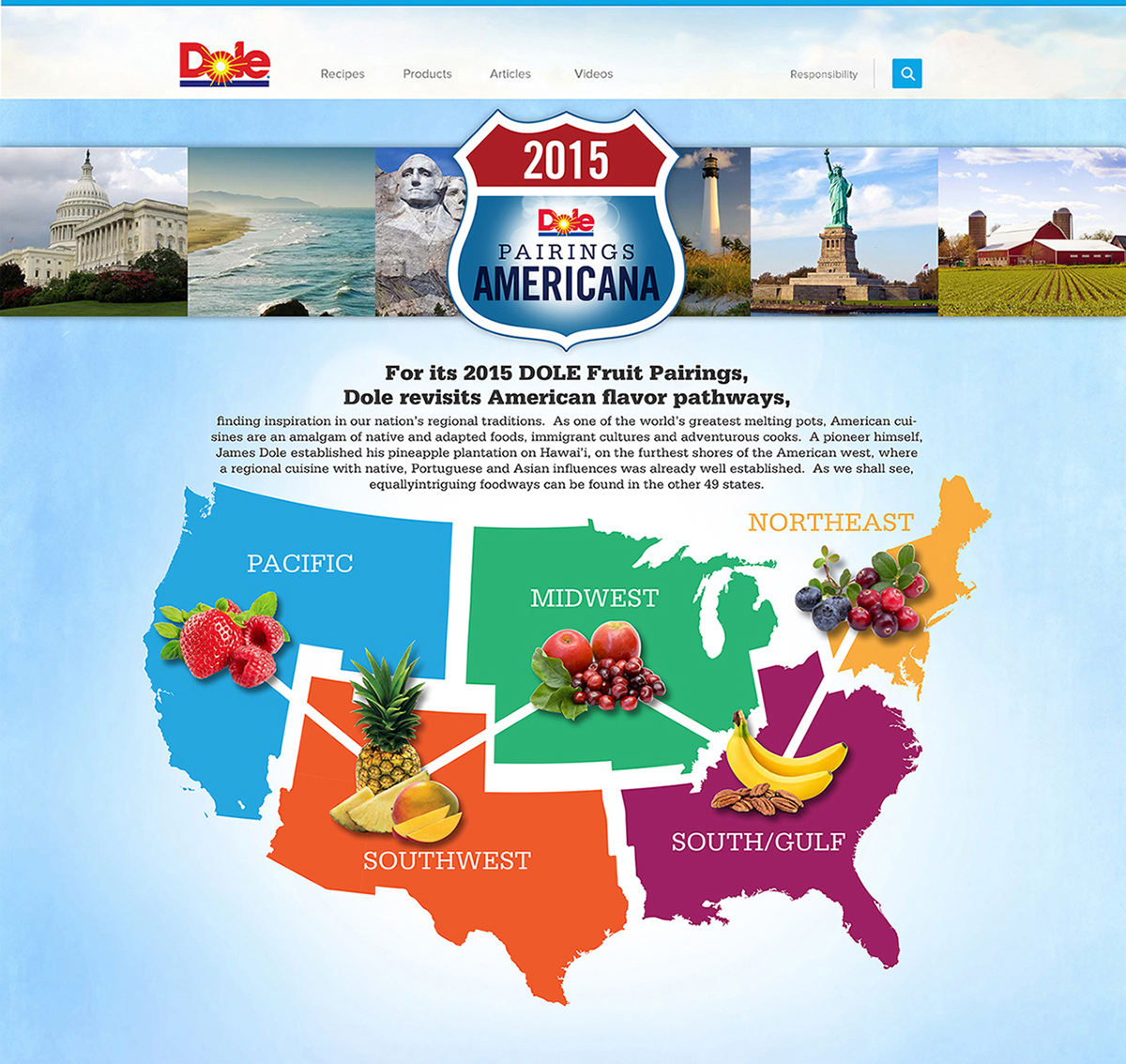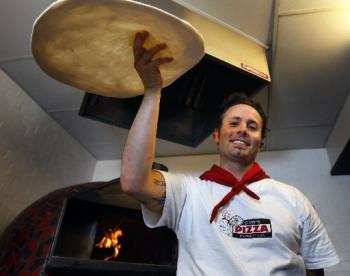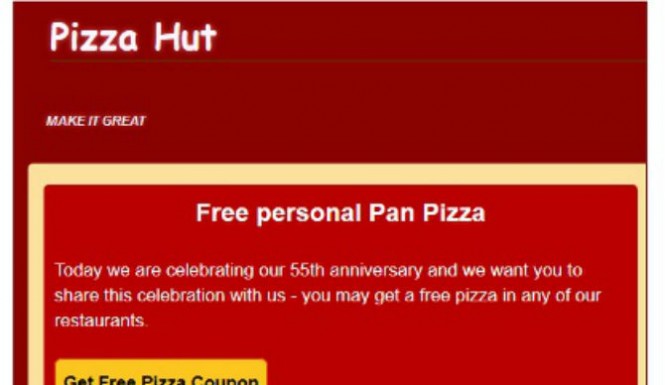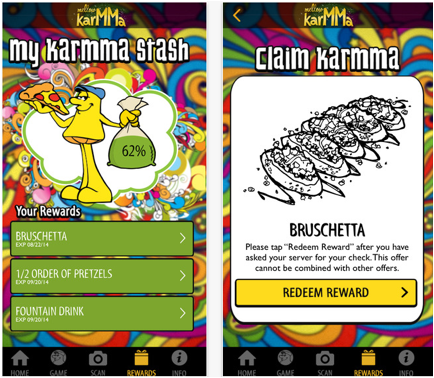Implementing a program that ensures managers at all levels handle emergency
situations is a solid business move. Believe me, I learned the hard way what could happen when a slow-thinking manager was met with an emergency.
True story: While enjoying a rare dinner with my family on a Sunday evening, the manager in charge for the shift at my store calls in a panicky, hesitant voice. He
proceeded to explain that customers had summoned him to their table, alarmed at the smell of smoke near their booth. Inspecting the source, it was found that tiny wisps of smoke were drifting from the outside light overhang on the opposite side of the wall. At that time, employees noticed the smoky scent somewhere behind the counter.
The next part made my hair stand on end: the manager climbed into the attic to
discover rafters full of dense, black smoke. After a slight pause, I asked
presumptuously, 'And you've called the fire department?'
His answer almost made my dinner come up-he waited to hear what step to take before he took any action. Meaning no one had been calmly evacuated, no one had been explained the situation, customers and employees were still inside the building; meaning no one had taken the initiative to think through the potentially devastating situation. It also meant that I had relied too heavily on others' common sense.
Fortunately, the fire department was called out as soon as I slammed the phone
down; no one was harmed and the electrical fire was contained before much costly damage was done. The five-minute dash to the store was all the time I needed to decide to institute some fixed procedures for future incidents. Protocol, if you will, for dummy-proofing the safety measures taken in case of emergency.
Within a week's time, a sketchy 'Manager's Survival Kit' was created. Typed out
on heavy stock paper and placed in a binder, the survival kit explained what a manager must do in certain situations. Each section was divided depending on the situation, identified by colored tabs for easy reference. Two survival kits stayed in the store at all times, one in the back office and one in the waitress station, updated as time progressed. If I were still in operations, the manual would surely be a couple of volumes by now. Indeed, it would probably include recent additions for potential terrorist activity, such as bomb threats or evacuation from high-rise locations.mission-critical steps
A basic survival kit for managers should include how to handle some of the more
common occurrences, as well as those experienced less frequently. Don't be
concerned about offending another manager's intelligence by simplifying the steps to be taken-easy-to-understand steps are especially necessary during hectic periods when seconds may mean a saved life. Explain to your managers that you're setting them up to be heroes, if need be.
Consider some of these basic emergencies and their respective strategies:
power outages – Have flashlights with fresh batteries placed throughout the restaurant; issue to waitpersons at points in the dining room to keep customers calm. Turn off switches to most major equipment (i.e., ovens) to avoid potentially harmful power surges when power returns.
winter storms bringing ice or sleet – Be prepared for the above, as power lines often fall as a result of heavy onset of ice. Have sufficient amounts of rock salt or ice melt on hand to keep outside walkways clear and safe. Prepare to lengthen delivery times, staff heavier with drivers, and have an action plan in place in case delivery must be cancelled.
slip and fall injury – This is the most common workplace injury in restaurants. Have the appropriate forms accessible for reporting the incident, as well as a camera (a 'disposable' box camera is a light, affordable device to have around for such times). If the slip-and-fall was the result of negligence (i.e., an unattended spill on the floor), take care of it on the double!
Other, rarer situations can include emergencies such as:
tornado – Have a radio (ideally a weather radio, available at most hardware stores, that is self-powered in case of power outage) handy and in the front where customers and employees can stay tuned to weather warnings. Define the differences between tornado watches and warnings. Assign a 'safe place' with thick walls and no windows-most indoor walk-in refrigeration units are the best choice-for people to gather if in a tornado's path. If there isn't time for everyone to seek proper shelter, ensure people are away from windows, crouched near the ground. Post at least one map to the designated 'safe place' for customers; near the waitress station is appropriate placement.
armed robbery – If your company doesn't encourage safety-training classes in this regard, it should. Invite your local police or sheriff's department to conduct a 'what to do if' session with management, and even employees-most will be eager to do so. Some basic measures include: stay calm, never argue with the criminal, don't be a hero. Also have an 'after the offense' plan-I've been there, and the innocent employees and customers truly feel victimized, even traumatized. Plan to take care of everyone involved, before, during and after such a situation.
delivery driver robbery – For the driver, a couple of points: as with an in-house robbery, stay calm and don't try to be a hero. Be alert on every delivery, and don't approach suspicious locations, such as vacant buildings; make a follow-up call to the customer or the store if possible. For the manager: train drivers in on-the-road safety tips, such as the aforementioned. Equip drivers with cell phones or two-way radios if possible, as well as an area map with payphone locations. If necessary, redline your delivery area to protect your drivers. Have appropriate report forms handy if an occurrence does take place.
fire – Have an evacuation route pre-established and mapped out clearly on laminated maps posted in conspicuous places (near the cash register, near the salad bar, near the employee break area). Color-code the map with easy-to-follow directions. Practice fire extinguisher use, and keep them primed (most fire marshals take care of this one). If possible, shut off gas mains leading to equipment, especially ovens. Don't know where the main shut-offs are? Find out today! Keep 9-1-1 and other emergency numbers posted near all phones.
Other, less-considered subtleties also go a long way in handling emergencies that seem small at the present, but seem huge at the time they happen. When customers lock their keys in the car-keep the number of a trusted locksmith near your carryout telephones. Or when the phone lines are down during a big thunderstorm-know which employees carry cell phones in case a critical call needs to go out. Or how about the sudden downpour that elderly customers disdain-keep a couple of umbrellas handy under the front counter.
In my pizza past, I've been through two burglaries, one armed robbery, one
tornado, one fire, countless slips-and-falls, ice storms, incidents where my drivers have been robbed or assaulted, dining-room violence, choking scenes, the list goes on. As these incidents occurred throughout eight diverse regions, from urban to rural, it's been proven that emergencies will always occur, no matter the time or place.
As with any management tool created around proper procedure, your kit should be introduced during the first sessions of training-and don't wait until employees are 'management material' if you tend to promote from within the ranks. Expose all employees to the look, feel and proximity of the kit as early as first-hire orientation. This will help ensure emergency procedures are followed by everyone, and make the manager's job that much easier with dealing with a time-critical situation.








